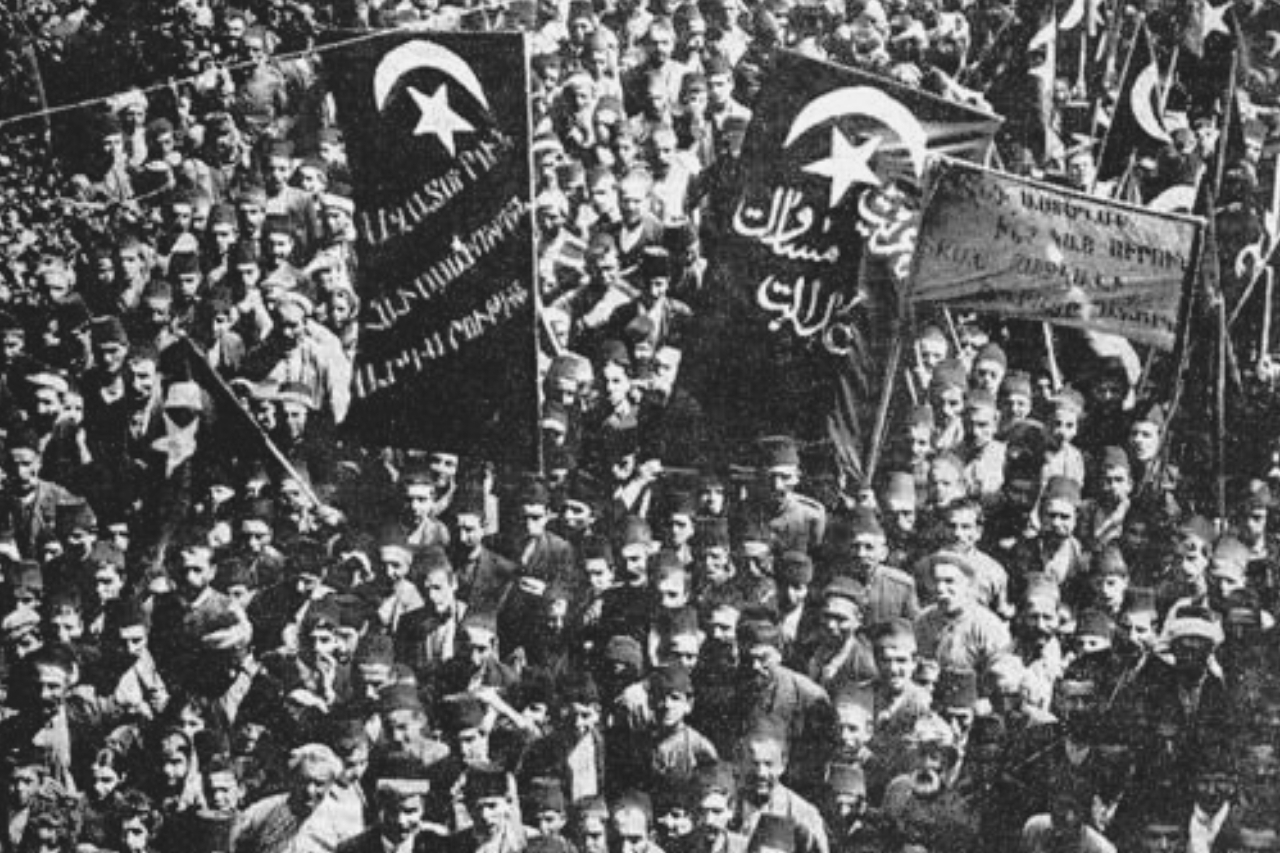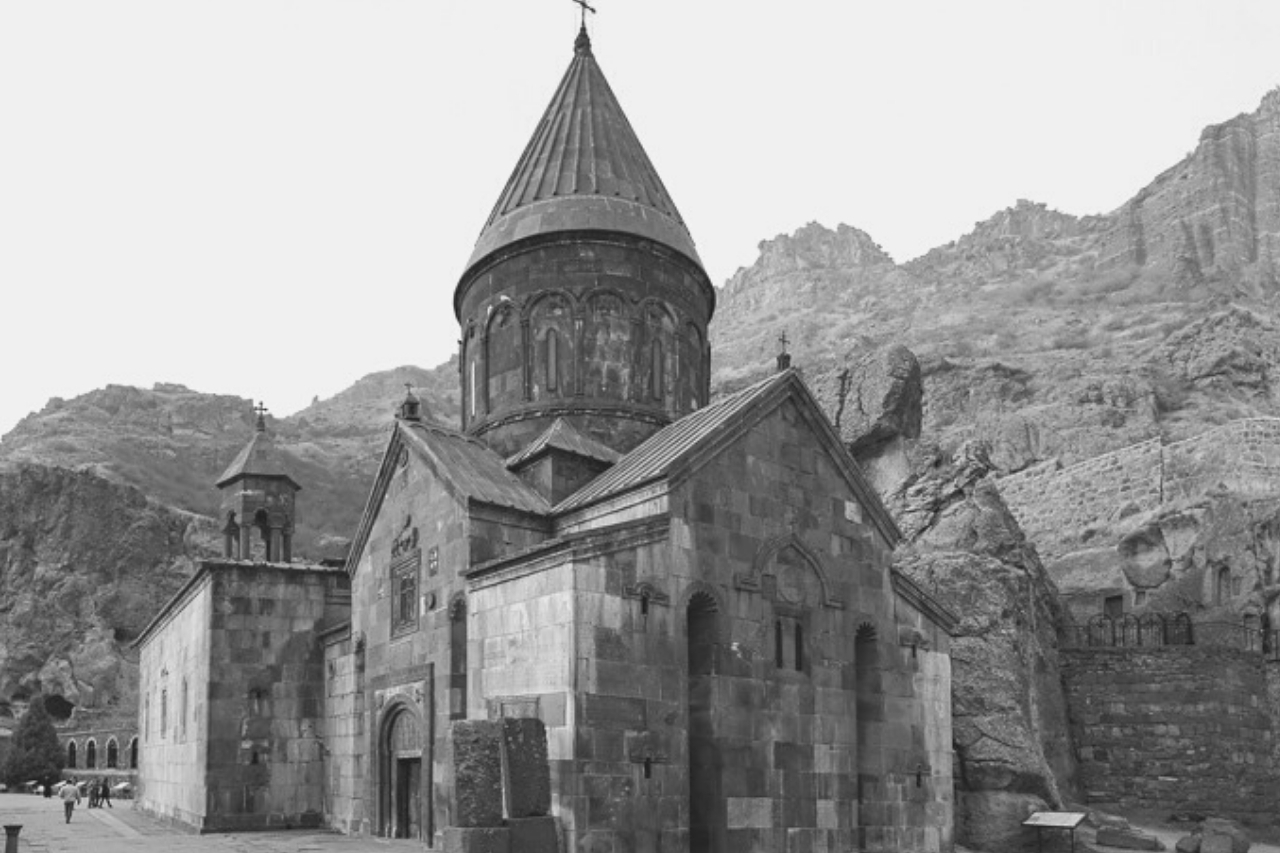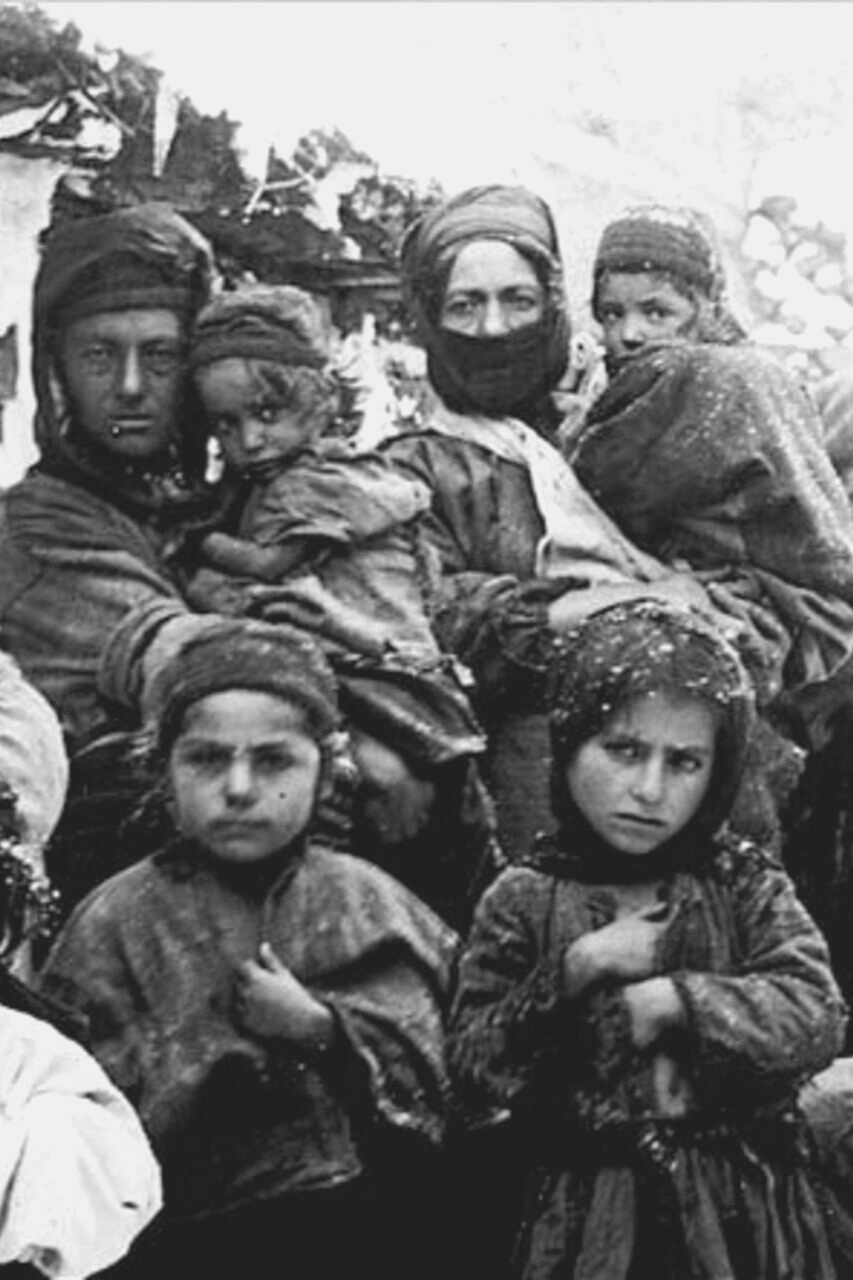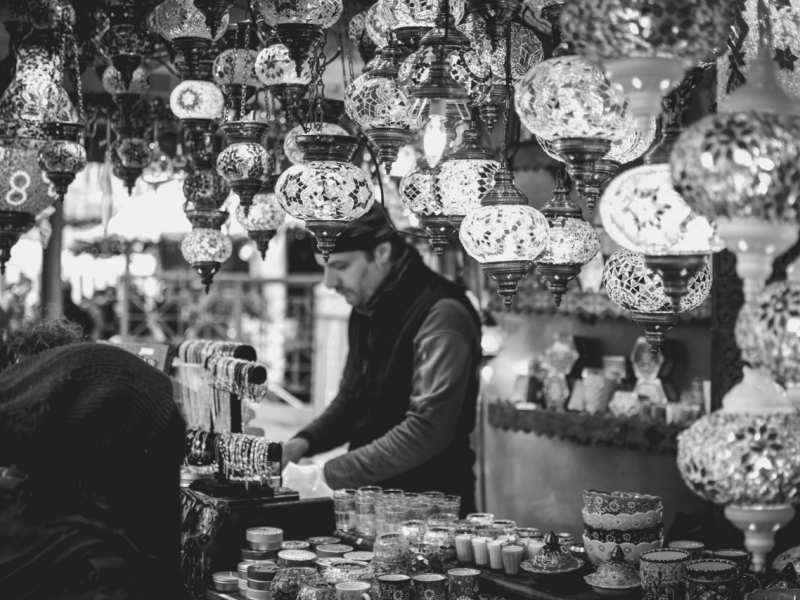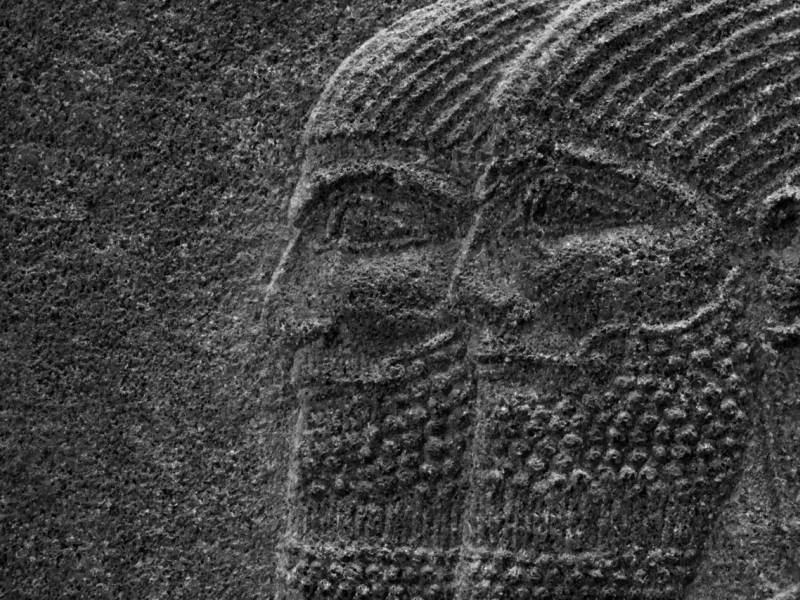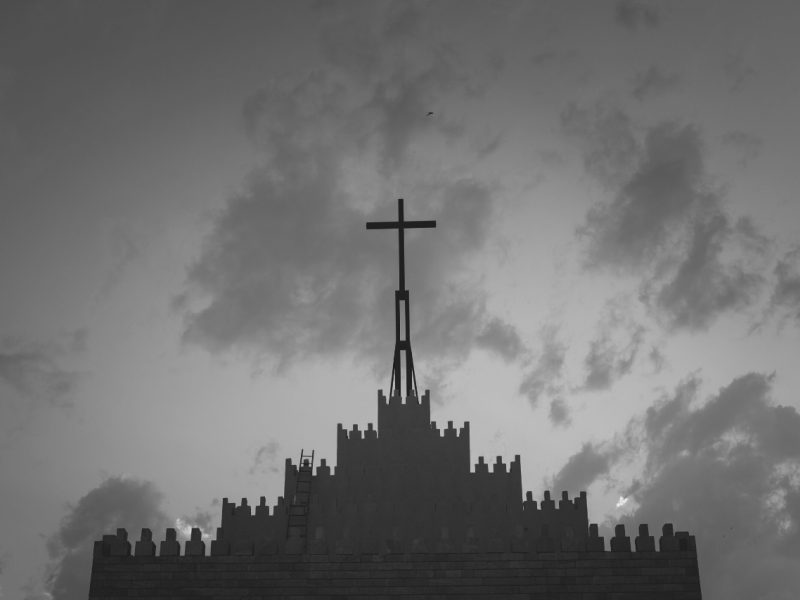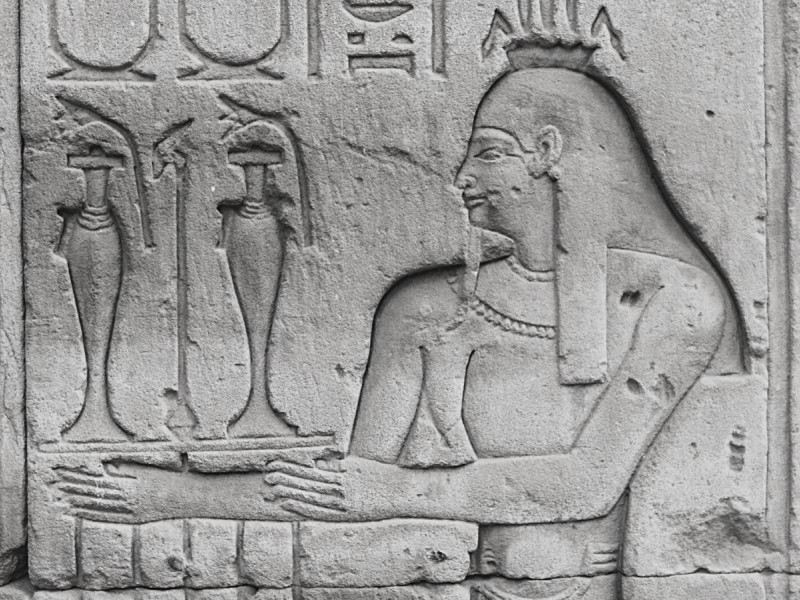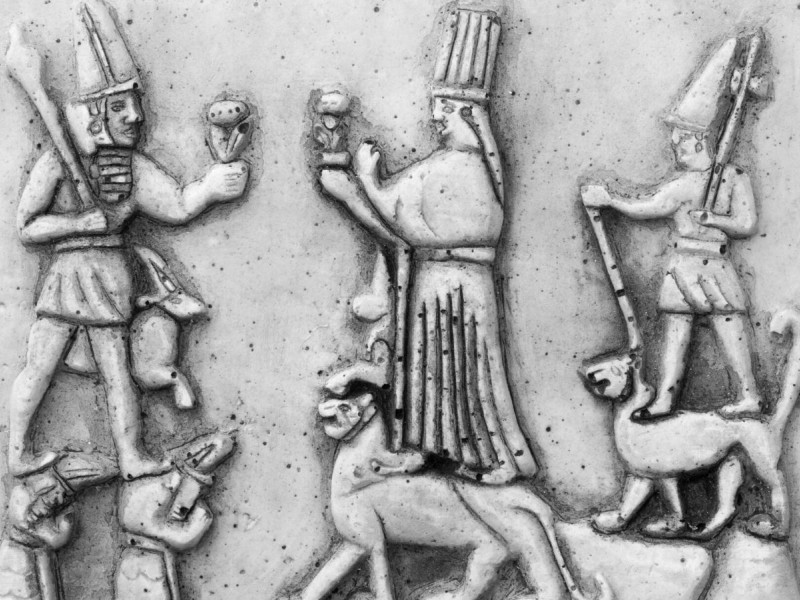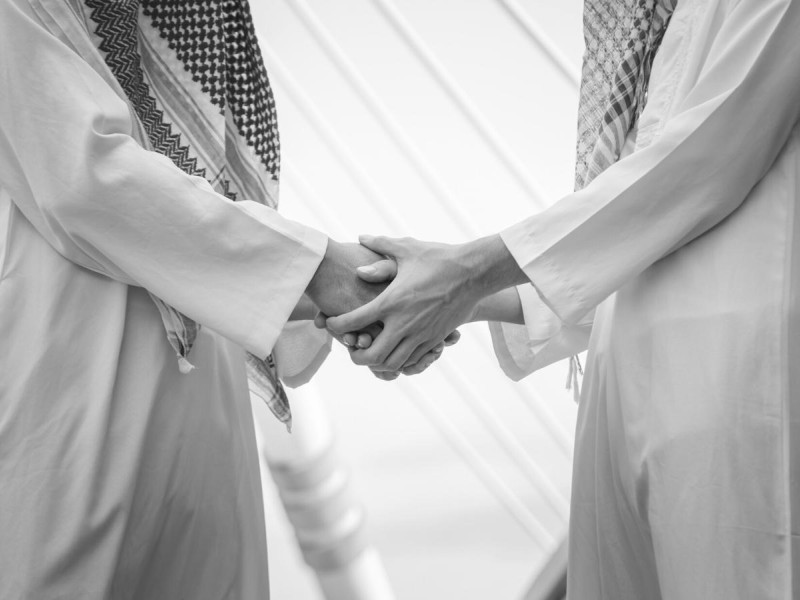The Armenians: Who Are They? – Origins, History and Culture
The Armenians, an ancient people of the North Caucasus, have a history of thousands of years and a colorful, varied culture that makes them different from other people in the area and more akin to Central European, Balkan and Asian populations.
Are you interested in discovering the origins, traits, traditions and language of this little-known but amazing, warm-hearted people? Then this article is for you!
What Is an Armenian?
Armenians are a people living in the Caucasus, and specifically in the Armenian Highlands. The bulk of these people live in Armenia, with some minorities scattered in neighboring states and a large diaspora abroad, counting at least 5 million people.
The largest Armenian diaspora today lives in Russia, Iran, Ukraine, Germany, Brazil, Lebanon and Syria. A powerful minority of Armenians also lives in the United States. As of today, Armenia counts less than 3 million inhabitants, meaning that the majority of Armenians live abroad.
Armenian diaspora was caused by the Armenian genocide in 1915-1917, which we will discuss in a further section. In the years from 1930 to 1990, industrial development boomed in the country.
After that year, around 90 percent of Armenia has become urbanized. Armenians call themselves Hayq and their country Hayastan, from the name of their local folk hero, Hayk. To know more about the origins of these people, just keep on reading!
What Do Armenians Look Like?
The Armenians are descendants of Indo-European people. According to Greek historians Herodotus and Eudoxus of Rhodes, Armenians descend from the Phrygians who came to Asia Minor from Thrace. Armenians closest ancestors immigrated to Anatolia during the mid-second millennium BC.
They would appear to be related to speakers of the Thraco-Phrygian languages, a language family derived from Proto-Indo-European. Armenia’s population is ethnically homogenous. Today, most Armenians have dark eyes, dark hair, and light skin. However, some Armenians have blue or green eyes. Armenians also have a short and round skull, curved noses and thick eyebrows.
Armenia and the Caucasus
Genetically speaking, Armenians aren’t related to the other populations of the North Caucasus. Their genetic pool is closer to that of Greeks, European Russians, Iranians and Germans. So why are Armenia and Armenians often referred to as a country and people of the Caucasus?
Here is when history comes into play. When Russia invaded the Caucasus, it could conquer only a small part of historical Armenia. As such, Russians didn’t think it made sense to create an autonomous region. Rather, Armenia became associated with the other countries that Russia would refer to as Caucasian. The ties with Russia remain in place to this day.
The Origins of the Armenians
There are various stories and myths regarding the origins of the Armenians. Local traditions maintain that Armenians are the descendants of one of the sons of Noah, Japheth. Noah’s family lived around the mountain of Ararat, in Armenia, where the Ark landed after the Flood.
The writings of Greek historians recount that Armenians used to live in Thrace. After that, they moved to Asia Minor crossing Phrygia and the Euphrates river. Historical accounts also point out that there are two different groups of Armenian people: one coming from Thrace, the other from Mesopotamia.
Other historians say Armenians came from Eastern Anatolia, and lived in the Urartu Kingdom, between the 9th-6th centuries BC. The Urartu kingdom, however, was plagued by the continuous attacks of Assyrians, Medes, and Scythians.
The presence of Armenians in Eastern Anatolia is proved by the many churches and palaces they built in Akdamar Island. They were skilled architects and, as such, they contributed to the local culture. During the late Ottoman period, Sultans specifically sought for Armenians to build their palaces because of how skilled they were.
Armenians were also good businessmen who engaged in trade, just like the Jews and Greeks that lived in the Ottoman lands. Armenians also paid their taxes responsibly.
World War I and the Genocide of Armenians
After World War I, in 1922, Armenia ended up being one of the Soviet Republics. It was only in 1990 that the country declared its independence. In 1991, when the Soviet Union collapsed, Armenians could finally enjoy their freedom. It was a victorious end to a century of struggles and suffering.
During World War I, in fact, the Ottomans and the Russians were on opposing sides of the conflict. Russia used to recruit Armenian volunteers to organize a local resistance against the Turks. For this reason, the Sublime Porte decided to deport the entire Armenian population and relocate it on the Russian border.
This forced relocation ended up in the loss of countless civilian lives. For the Armenian diaspora, this event for a full-fledged genocide. This claim is supported by 33 countries, including the largest world powers. The genocide brought about the loss of 1 million lives.
To this day, Turkey denies the genocide of the Armenians. According to the government, the death toll is inflated and, even admitting that there were numerous victims, the deaths happened as a consequence of famine, disease, and civil war. Today, there are several disputes about this matter, and it would seem that the two involved governments and historians are unable to find some common ground.
Religion in Armenia
The official religion of Armenia is Christianity. Most Armenians today belong to the Armenian Apostolic Church, one of the world’s oldest national churches. St. Etchmiadzin Cathedral, the first Christian church in the world, is located in Armenia. A small part of the population is affiliated with the Roman Catholic Church.
Historians believe that Christianity spread through Armenia soon after Jesus’ death, thanks to the proselytism of his disciples Thaddeus and Bartholomew. In 301 AD, the Kingdom of Armenia became the first country to adopt Christianity as a state religion.
For years, Armenians suffered under foreign rule because of their religious beliefs. Some of them were even forced to renounce their religion. However, many have remained loyal to their country and religious beliefs.
Armenian Language and Literature
The Armenian language is Indo-European, and between 7,800 and 5,000 years ago. Repeated invasions and conquests then contributed to the evolution of the language, bringing new words into the vocabulary.
Literature in Armenia appeared as early as the 4th century. The linguist Mesrop Mashtots created the Armenian alphabet in the 5th century. Works of literature made use of the so-called classical Armenian, which remained the official literary language until the 19th century. Moses of Khorene was the most prolific author in Armenian literature.
The spoken Armenian language developed independently of its written language. Dialects also appeared when the communities started to become more separated either by geography or politics.
Today, Armenia’s official language is Armenian. During Russian and Soviet Rule, the second official language was, of course, Russian. There are two official branches of Armenian: Western Armenian and Eastern Armenian.
Western Armenian is based on a 19th-century version of the Armenian spoken in Istanbul. It is used mainly by the people in the diaspora. Eastern Armenian, for its part, is nothing but the Armenian that people speak in Yerevan.
It is widespread in ex-Soviet countries and Iran. There is also another written language called “Grabar” Armenian. It is only used in the liturgy of the Armenian Apostolic Church.
Armenian Culture
Armenians first lived in the area of Van, a southeastern shore in eastern Anatolia, in the mountainous Sasun region. Early Armenians were primarily agricultural people.
The ancient Armenian culture is rich in sculpture, painting, and architecture. They have many architectural monuments related to their religion. In the 19th century, under the Turks and the Russians, Armenian literature flourished. Armenian scholars and intellectuals wrote to awaken the national consciousness of Armenians, who were disappointed by the foreign rule.
Food
The Armenian staple food is bread and salt. One of Armenians most famous traditional dishes is harissa, a slow-cooked stew of wheat grain and lamb. Armenians also love barbecued meats and vegetables.
Khash, the Armenian soup, is another favorite, as testified by the writings of several medieval authors. The national fruit is pomegranate.
Furthermore, Armenia is also rich in vine and grape. As such, the country is known worldwide for its wine, brandy, and cognac. The latter was the favorite of British Prime Minister, Sir Winston Churchill.
Armenian cuisine is an integral part of Armenia and its culture. Armenian food has a distinct smell, reminiscent of various eastern and Mediterranean cuisine traditions. Any discussion of Armenian food is also not complete without the mention of the traditional bread called lavash.
The UNESCO Representative List of the Intangible Cultural Heritage of Humanity included lavash as the traditional bread and expression of culture in Armenia.
Marriage and Family
Armenians are mostly monogamous. There is also a strong tradition of arranged marriages. Couples and their offspring constitute the basic domestic unit.
However, during Soviet rule, the domestic unit consisted of a multi-generational family. Paternal grandparents lived with their offspring — whether married or unmarried — and their children.
The inheritance laws have changed through the years. Historically, men and women were treated equally. Armenians in diaspora, however, follow inheritance laws of the countries they reside in.
Armenians deem family to be extremely important and consider their children as the “light” of their houses. They also value hospitality and kindness towards strangers. In fact, you don’t need to be family to be treated like family.
Since Armenians are largely patriarchal, they always wish for the first child to be male. The eldest son is usually named after the fraternal grandfather as a display of affection and deference.
Armenians also have the tradition of keeping their newborn away from everyone’s eyes, except for closest relatives, for 40 days after their birth.
Dance
The Armenian dance traditions are the oldest and most varied of the entire Near East. The earliest rock paintings depicting scenes of country dancing date back to 5,000-3,000 BC. Most Armenian dances are accompanied by traditional songs and musical instruments.
One of the most popular Armenian dances is the Yarkhushta, a martial dance that originated in the early Middle Ages. This ritual dance, performed by soldiers before going into battle, had the purpose to cast off fear and boost the morale of the fighters. Authors Movses Khorenatsi, Grigor Magistros, and Faustus of Byzantium mentioned it in their literary pieces.
Architecture
Classical Armenian architecture is often categorized into four periods. The first period lasted from the 4th to the 7th century. Thus, from when Armenia converted to Christianity to the Arab invasion. Many of Armenia’s churches date back to those times.
The earliest churches of Armenia were mostly simple basilicas. By the 5th century, the typical cubical cone on the roof that is so typical of Oriental Christianity was already widespread.
By the 7th century, churches became more and more richly decorated. By the time of the Arab invasion, therefore, classical Armenian architecture was already in place and would last throughout the centuries.
Conclusion
We hope that this article satisfied your curiosity about the Armenian people, their origins, and their traditions. To help you keep in mind all that you have learned, here is a list of key takeaways:
Armenians occupy the Armenian Highlands of Western Asia. They have their own country, Armenia.
The largest Armenian diaspora population lives in Russia, United States, Iran, Germany, Ukraine, Lebanon, Brazil, and Syria.
Armenians first lived in the area of Van, a southeastern shore in eastern Anatolia, in the Sasun region.
The Armenians are descendants of Indo-European people, and specifically of the Phrygians, who were originally from Asia Minor.
Linguists classify Armenian as an independent branch of the Indo-European language family. Its main variants are Western and Eastern Armenian, and it has a unique alphabet.
Armenians aren’t genetically related to the other people living in the North Caucasus. They are closer to Central European, European Russian, and Balkan people.
The family is the cornerstone of Armenia’s social life. Armenian people are warm and hospitable to strangers.
In 1922, Armenia became a republic of the Soviet Union. It remained under Soviet control until the collapse of the Soviet Union in 1991.
Now that you know all this info about Armenia and Armenians, will you plan a trip to Yerevan?
